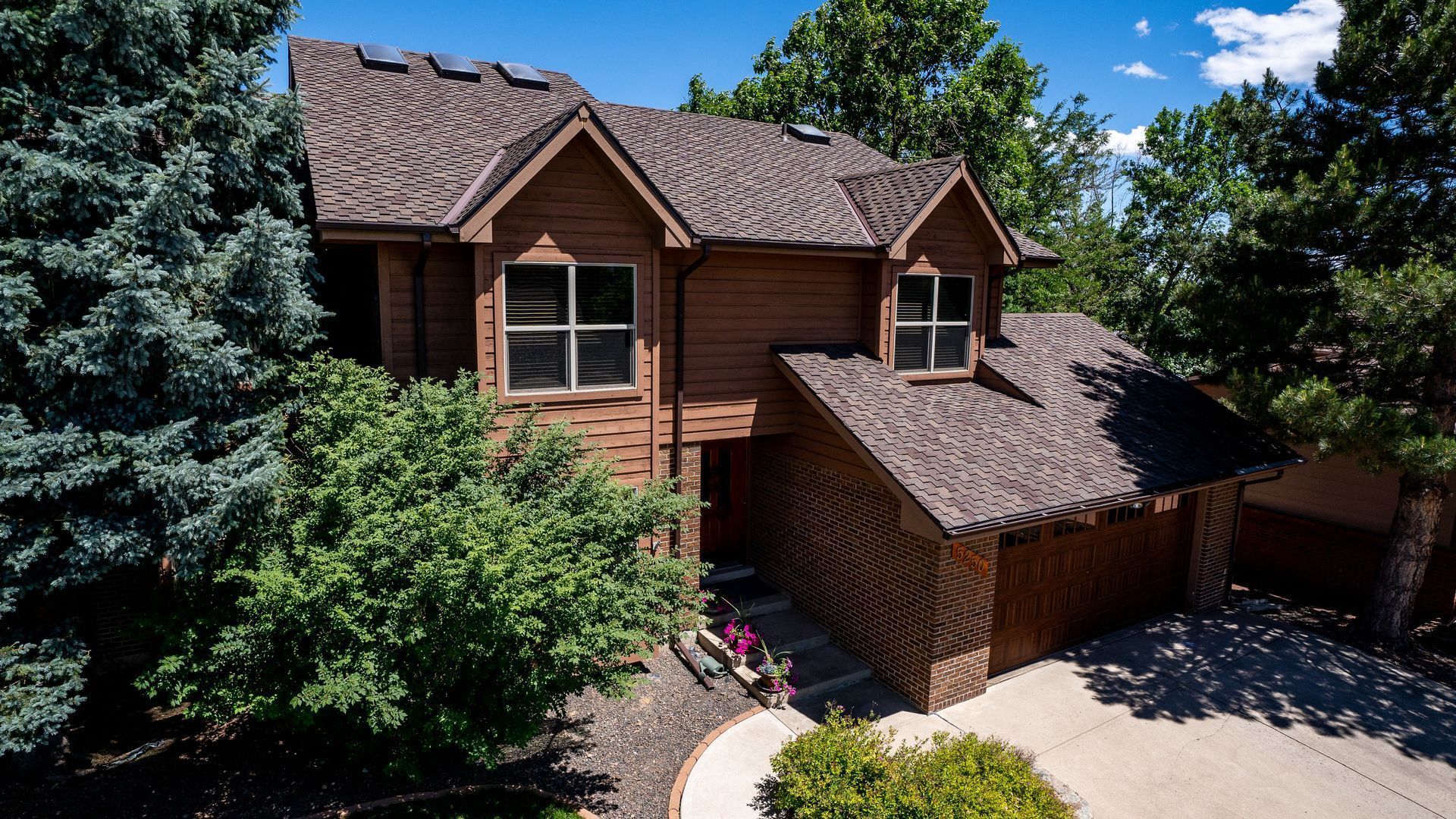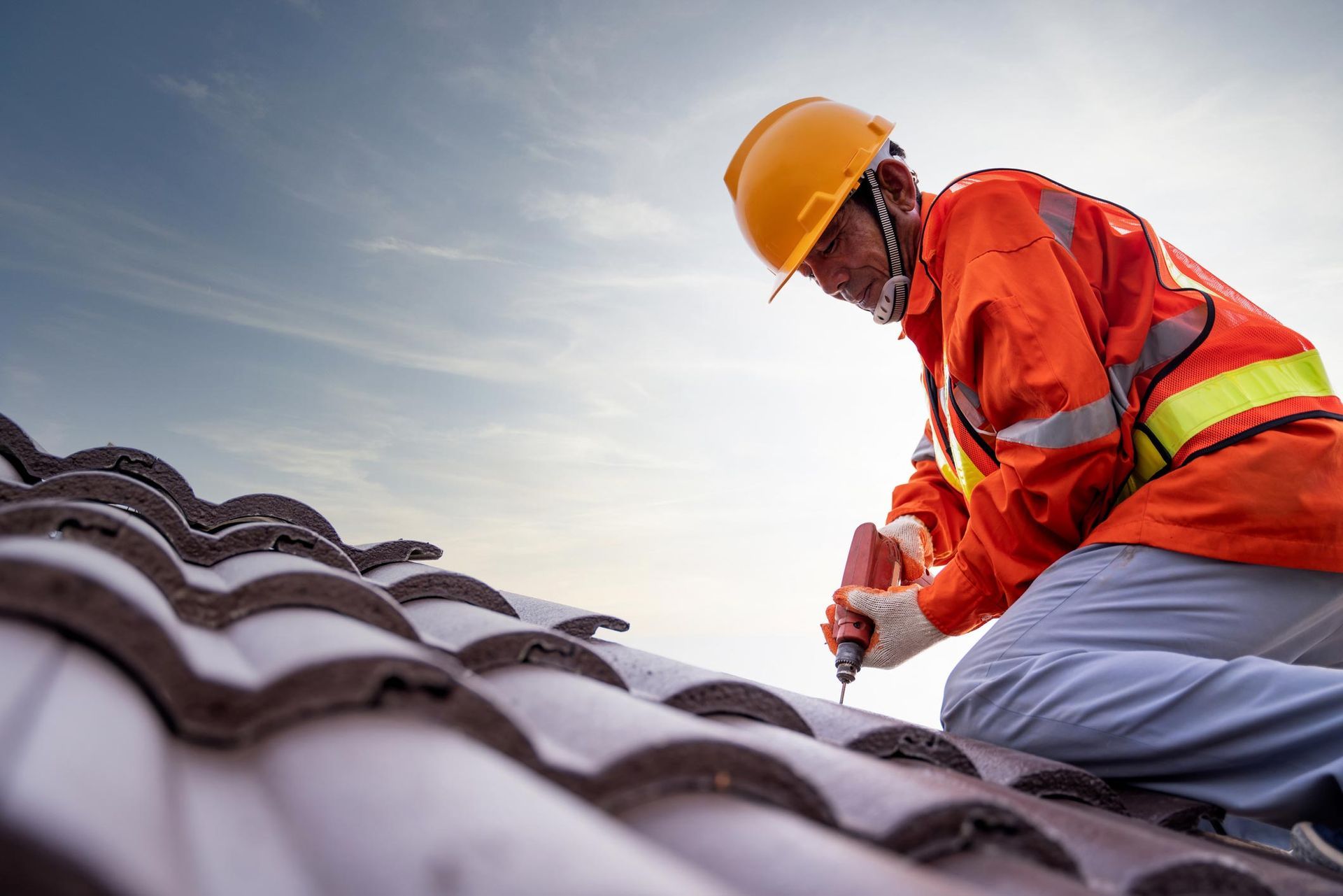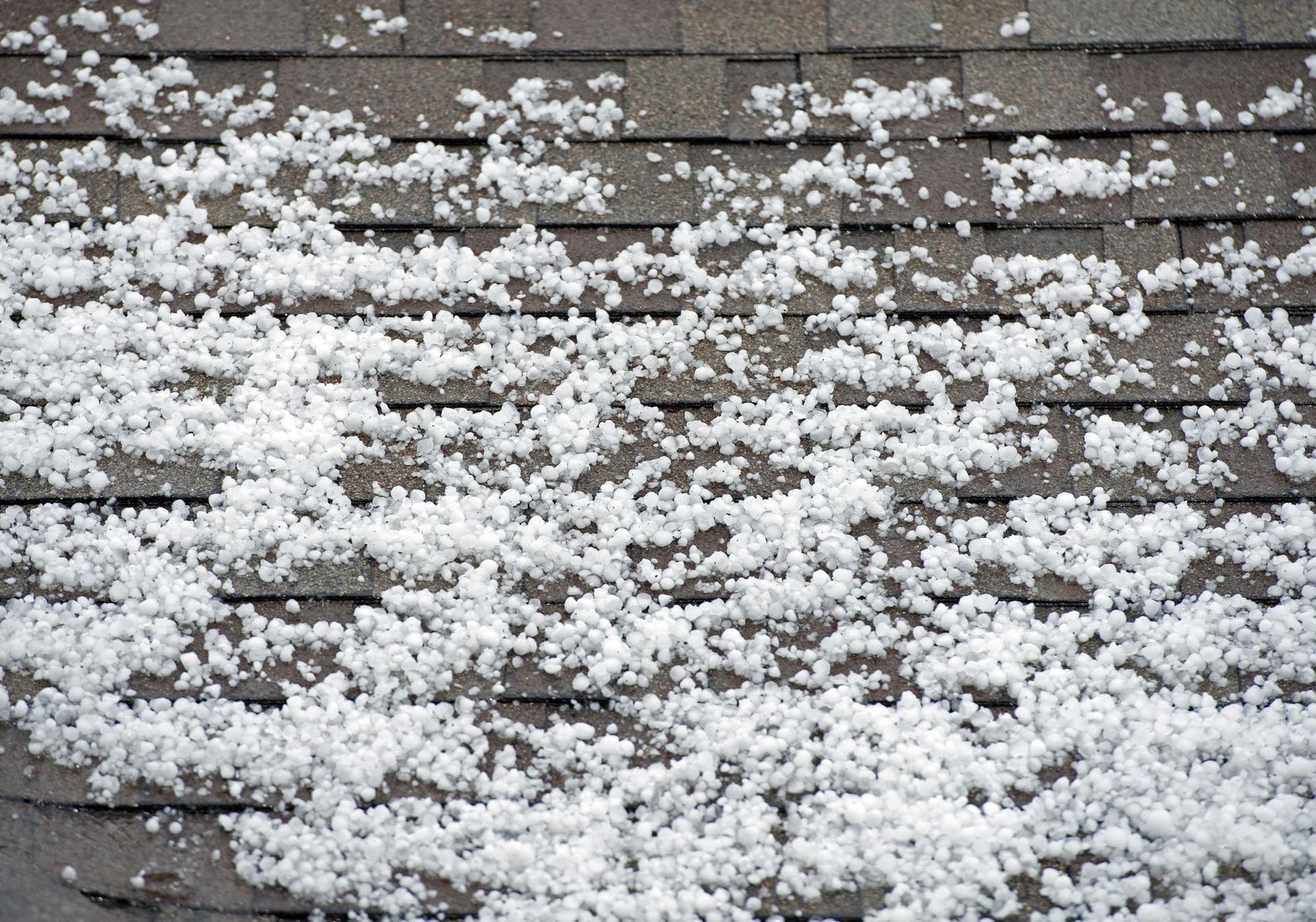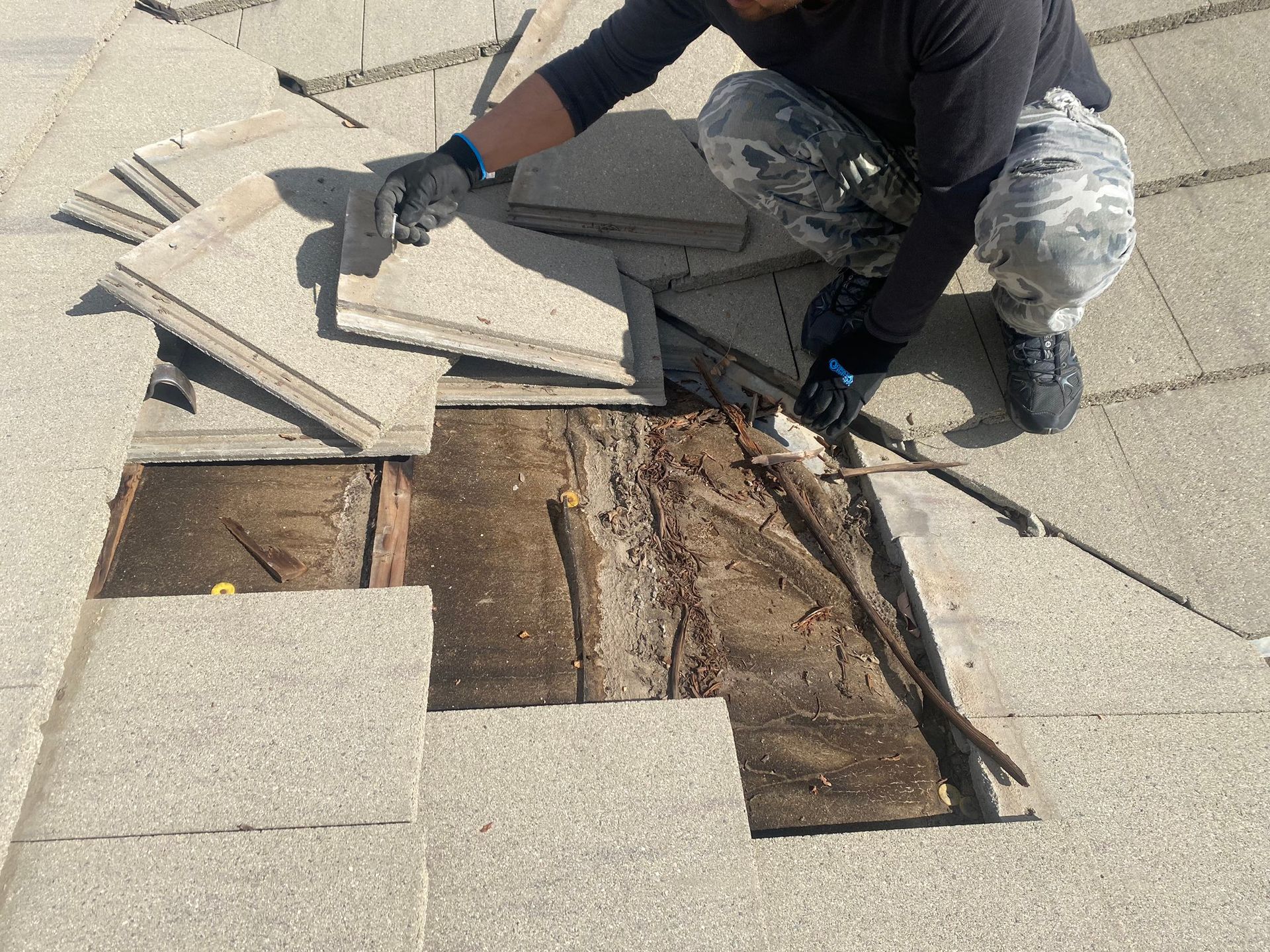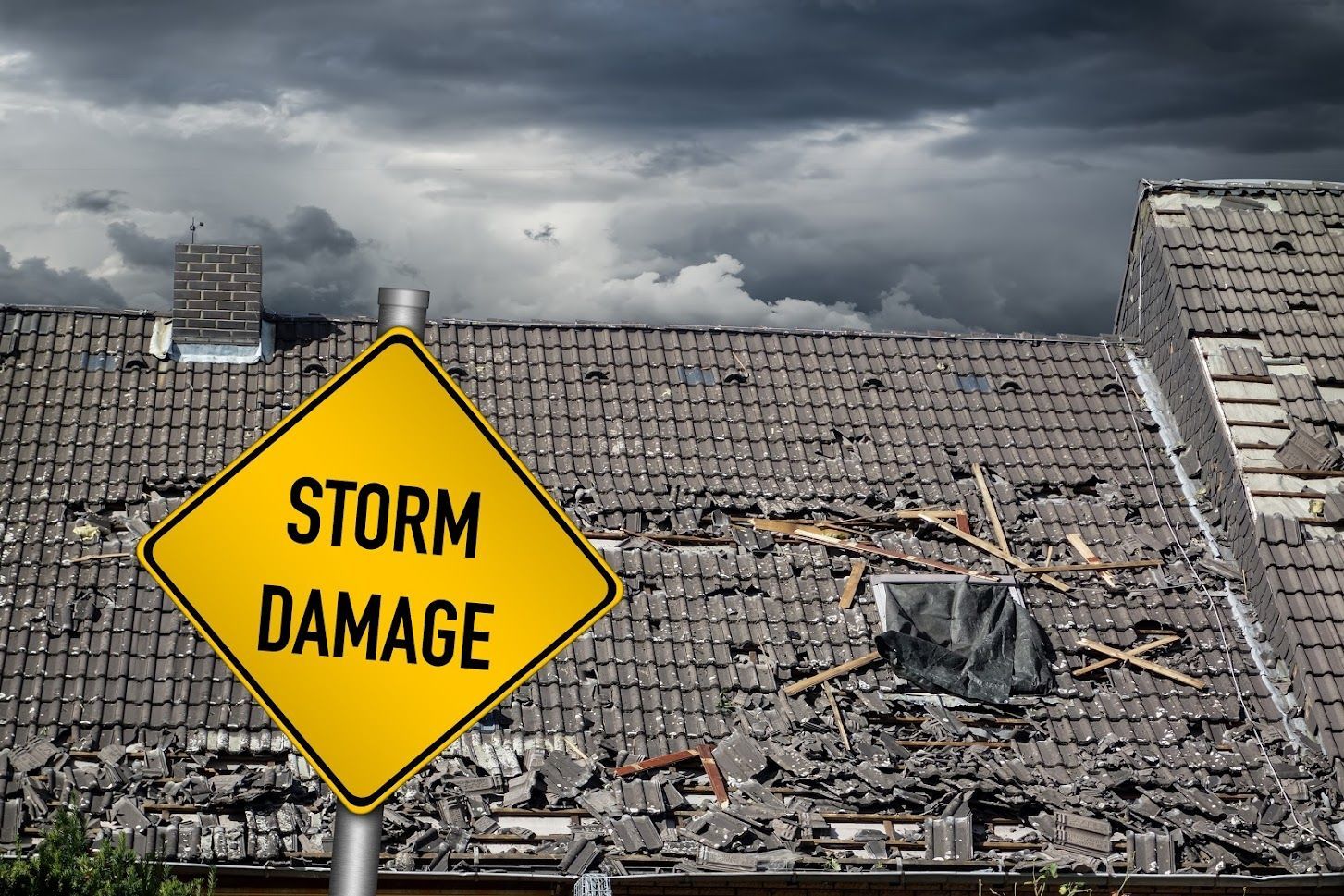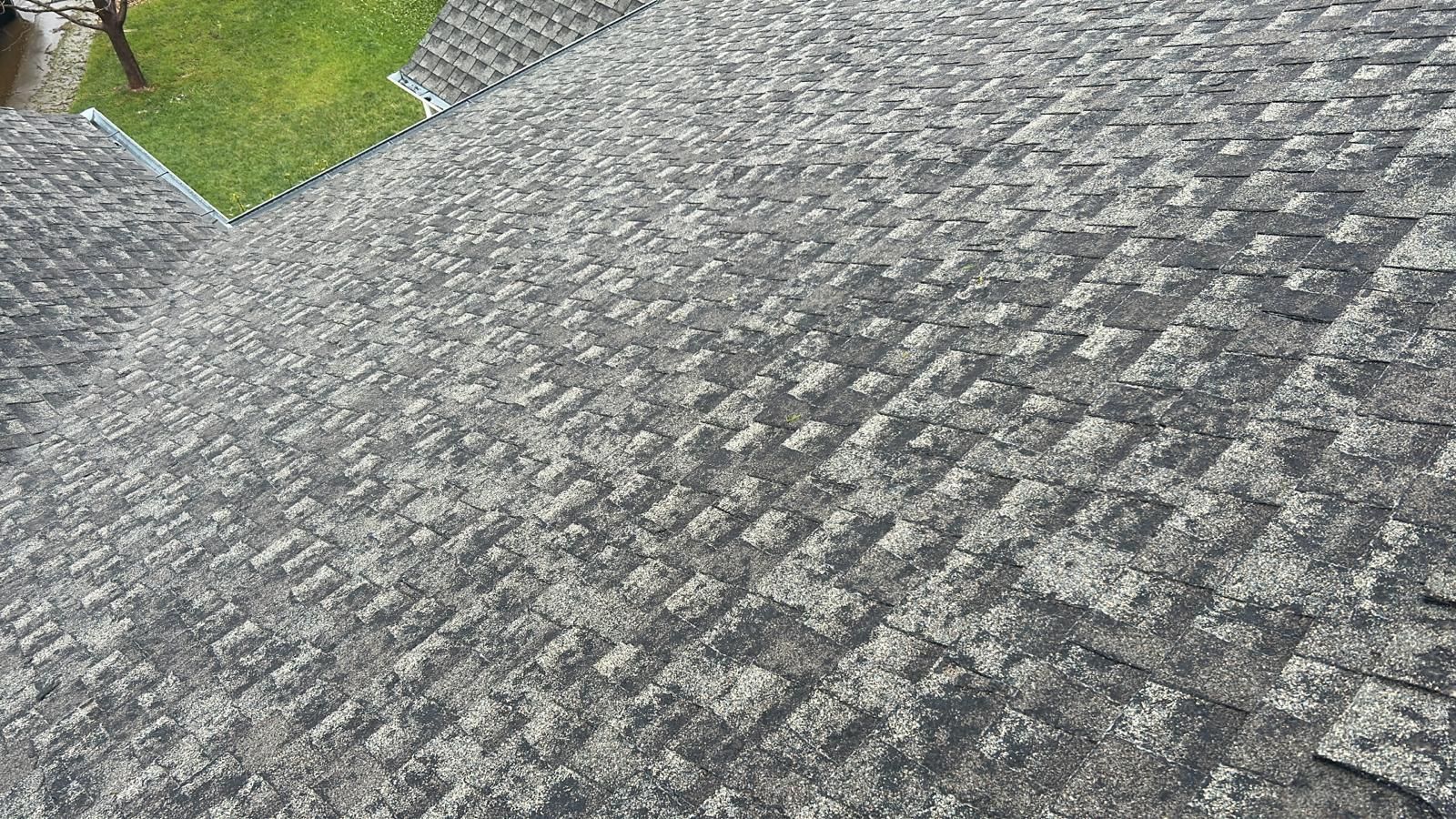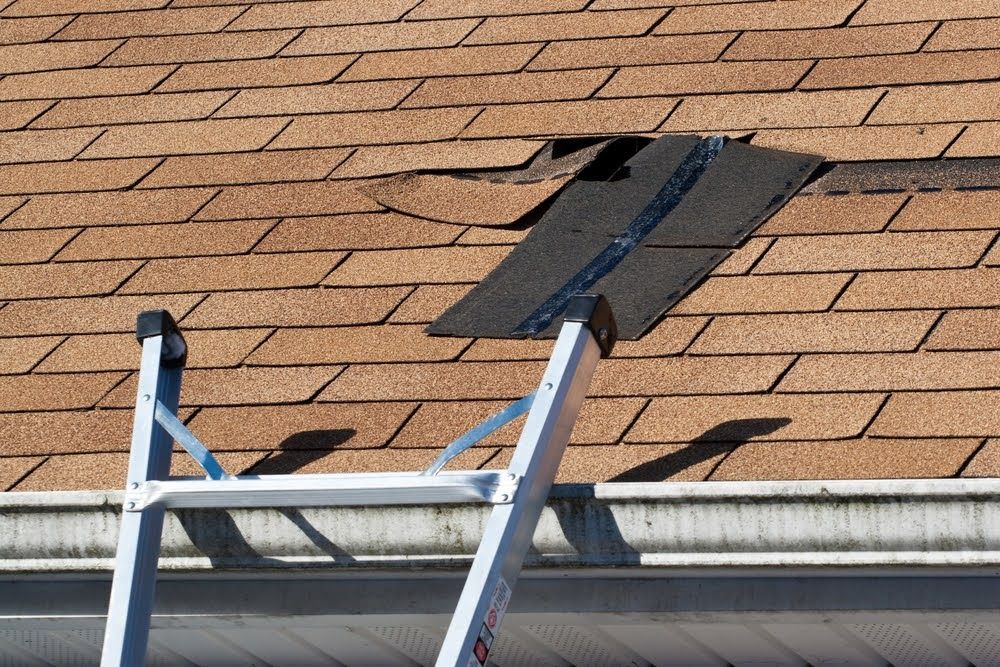Tips To Select the Right Roofing Material
The longevity and functionality of your roof largely depend on the roofing material you choose. While some materials are more durable, they may also be more expensive. Consider the following factors when choosing the right roofing material.
The Pitch of Your Roof
Roof pitch refers to the ratio of the vertical extension of the roof in relation to the horizontal extension. The ratio defines the stiffness of the angle of the roof. Specific roof pitches will need specific roofing materials to function properly.
Low-slope roofs are poor at clearing water from the roof. Consequently, you might require roofing materials that won't be affected by sitting or standing water. For instance, asphalt is poor at handling standing water. Consequently, you shouldn’t use asphalt material for a flat or low-slope roof. If you have a low-sloped roof, consider materials such as standing seam metal roofing and EPDM.
The Lifespan of the Material
The lifespan of roofing materials varies from a few years to over a century. Your long-term plans for your home will determine how the lifespan affects your choice of roofing material. Select a long-lasting material if you don't want to replace the roof in the near future. Such material will be more damage-resistant but may cost more money.
The Overall Cost
The roof is one of the most expensive home improvement projects you will ever undertake. The budget of the roofing material will significantly affect the cost of your home and roof. Most American homes have asphalt shingles because the material is relatively less expensive. On the other hand, slate is one of the most expensive roofing materials.
The longevity of the material is a primary determinant of roof material cost. However, the manufacturer and brand also play a role, with popular brands often charging more for their roofing materials.
The Ease of Installation
While many roofs have an easy installation process, some roofing materials may come with a complicated roofing process. Many homeowners will want a material that is easy to install because it may take less time.
The best approach is to consult an expert roofer to know about the material with the best roofing procedure for your particular situation. The roofing contractor will also help you select a roof that has safe installation procedures.
The Architectural Style
Examine the building style and concept of your building. Pay special attention to the shape of the roof and the amount of transitions on the roofing structure. A roof with many transitions will require many roofing sheets, potentially increasing the cost of the roofing project.
Remember that there should be correlation and harmony between the roofing material and the rest of the structure. Also, consider the landscape and surrounding features before selecting the right material. Finally, consider the style of your home, such as traditional, modern, country, and Bohemian.
The Roofing Application
Will you install the roofing material on a brand-new building or as a replacement for an old roof? New roofs usually provide more options, as you can choose the roof with few preconditions. You don't have to consider the previous roofing material and the composition of the roof structure underlayment. On the other hand, if your roofing material is a replacement, your options will be more limited.
The Energy Efficiency
The roof significantly contributes to energy loss and gain in your home. You will likely prefer a roofing material that reflects heat from the sun and prevents heat loss in winter. Materials that can reduce energy costs include asphalt and metal shingles. Also, consider the color of the materials, as white-colored roofs reflect heat while dark-colored roofs retain heat.
If you suspect your room has any problems, Formula Roofing & Remodeling can help you. We specialize in roofing repairs, especially those due to hail. Contact us today for professional roof repair, replacement, and inspection services.

